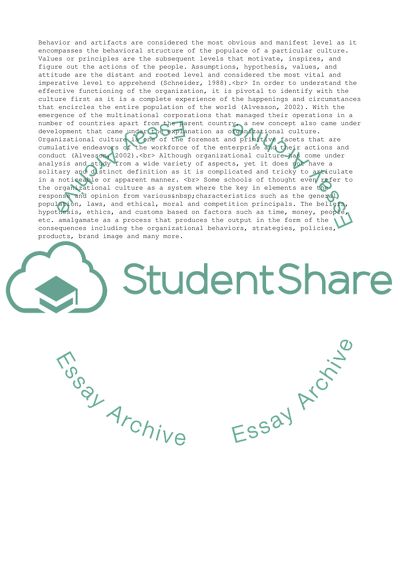Cite this document
(“Organizational Culture in Multinational Corporations Research Paper - 1”, n.d.)
Retrieved from https://studentshare.org/business/1578706-organizational-culture-in-multinational-corporations
Retrieved from https://studentshare.org/business/1578706-organizational-culture-in-multinational-corporations
(Organizational Culture in Multinational Corporations Research Paper - 1)
https://studentshare.org/business/1578706-organizational-culture-in-multinational-corporations.
https://studentshare.org/business/1578706-organizational-culture-in-multinational-corporations.
“Organizational Culture in Multinational Corporations Research Paper - 1”, n.d. https://studentshare.org/business/1578706-organizational-culture-in-multinational-corporations.


